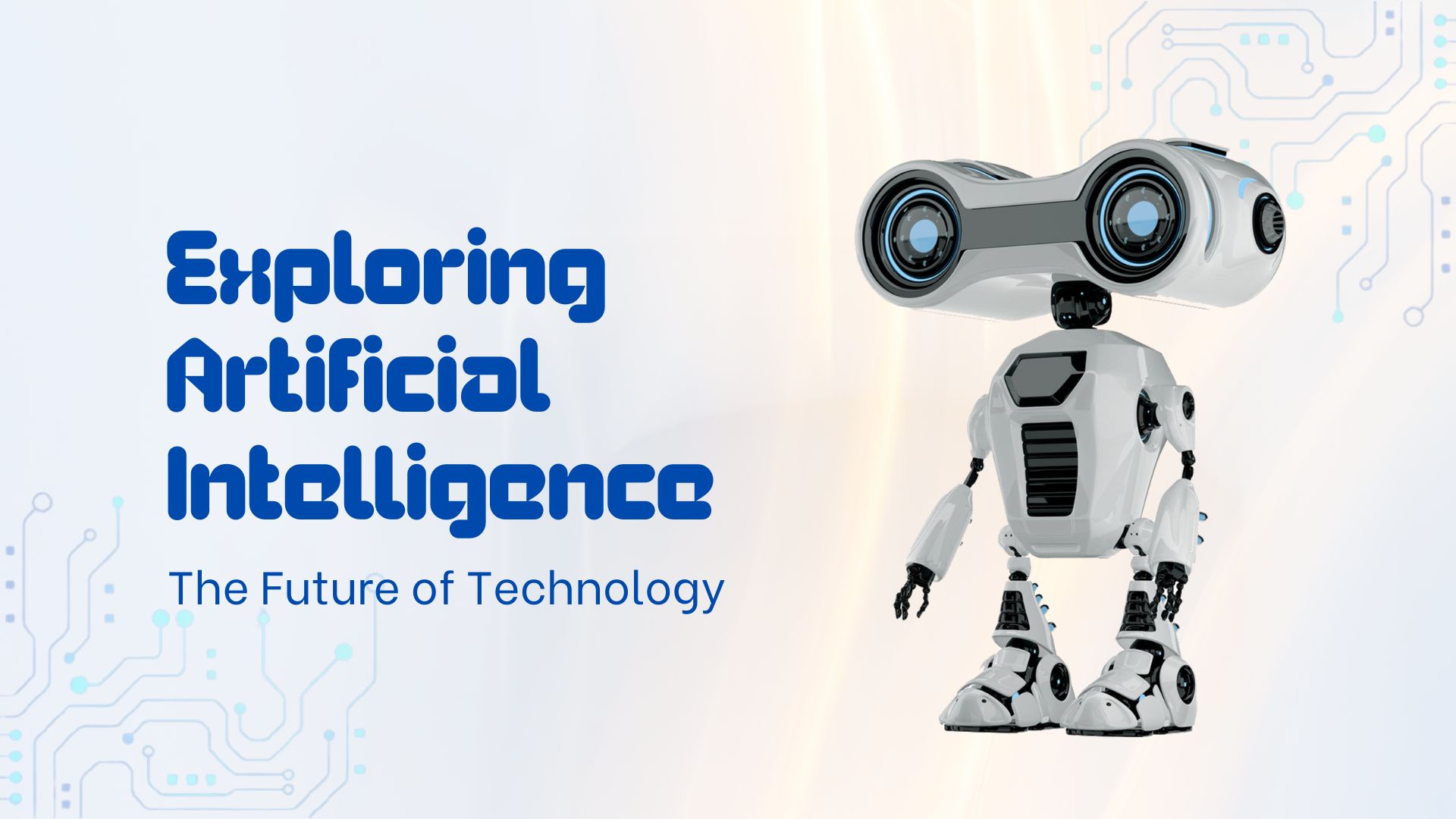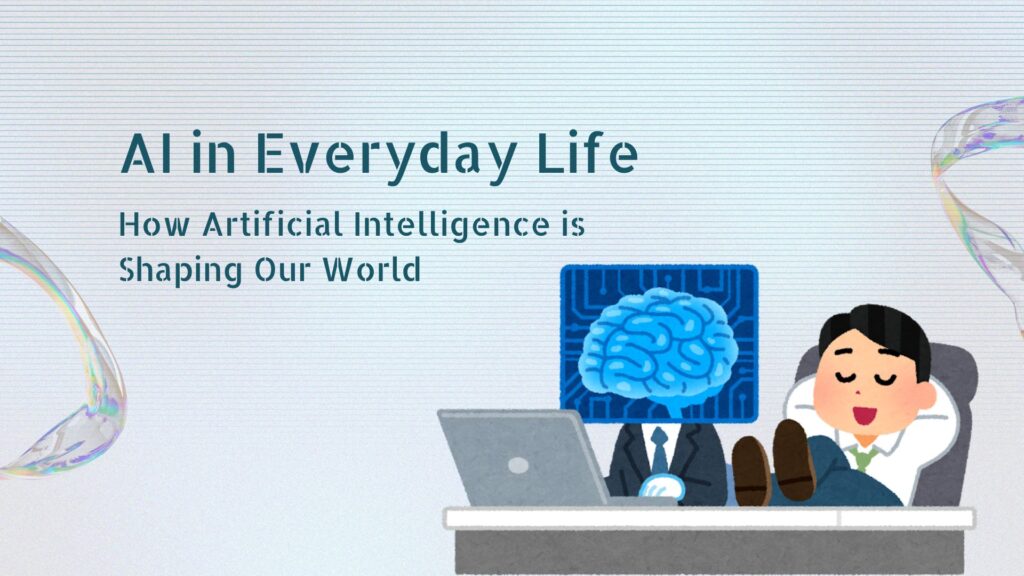Table of Contents

Artificial Intelligence and Machine Learning are no longer just buzzwords they’re rapidly reshaping industries, revolutionizing how we work, communicate, and even think. From enhancing customer service to transforming healthcare, education, and finance, AI and ML are driving significant advancements that have far-reaching implications for the global economy and society at large. But what exactly are these technologies, and how are they impacting our world today?
In this blog, we’ll delve into the transformative power of AI and ML, explore their real-world applications, and look ahead to the future of these technologies.
What is Artificial Intelligence (AI) and Machine Learning (ML)?
Before we dive into how AI and ML are shaping the future, it’s essential to understand what these terms mean.
Artificial Intelligence (AI)
AI refers to the simulation of human intelligence in machines that are programmed to think, reason, learn, and perform tasks that typically require human intelligence. AI can be broken down into two categories:
1. Narrow AI (Weak AI): These systems are designed to perform specific tasks, such as virtual assistants like Siri or Alexa, facial recognition software, or self-driving cars. These applications are good at one thing but can’t adapt to different tasks or contexts.
2. General AI (Strong AI): This is an advanced form of AI that aims to replicate human cognitive abilities, enabling machines to perform any intellectual task that a human can do. While General AI is still a concept (often seen in science fiction), researchers are actively working toward its development.
Machine Learning (ML)
Machine Learning is a subset of AI that focuses on the ability of machines to learn from data and improve their performance without being explicitly programmed. In essence, ML systems identify patterns in large datasets and use them to make predictions or decisions. ML is primarily divided into three types:
1. Supervised Learning: The machine is trained on labeled data (i.e., data that has both input and output labels) to learn the mapping function.
2. Unsupervised Learning: The machine is given data without labels and has to find hidden patterns or structures within the data on its own.
3. Reinforcement Learning: This type of learning involves an agent that interacts with an environment and learns by receiving feedback through rewards or penalties.
How AI and ML Are Impacting Industries

1. Healthcare: Revolutionizing Patient Care and Research
Artificial Intelligence and Machine Learning are having a transformative effect on healthcare, improving diagnosis, treatment, and patient outcomes.
Medical Diagnostics: AI-powered systems like IBM Watson Health are helping doctors diagnose diseases more accurately. Machine learning algorithms analyze medical imaging data (such as X-rays or MRIs) to detect early signs of conditions like cancer, heart disease, and neurological disorders.
Drug Discovery: AI is accelerating drug discovery by predicting how molecules will interact and identifying promising drug candidates much faster than traditional methods.
Personalized Medicine: AI analyzes genetic data to develop personalized treatment plans, optimizing healthcare delivery by tailoring therapies to individuals’ unique genetic makeup.
Reference: A study by MIT researchers showed that AI could diagnose breast cancer with greater accuracy than radiologists, proving the significant potential of machine learning in medical diagnostics ([source](https://news.mit.edu/2020/ai-breast-cancer-diagnosis-accuracy-1014)).
2. Finance: Streamlining Processes and Enhancing Security
The finance industry has adopted Artificial Intelligence and Machine Learning to streamline operations, reduce risks, and enhance customer experiences.
Algorithmic Trading: AI-driven trading algorithms can analyze vast amounts of financial data and execute trades faster and more efficiently than human traders. These algorithms can also detect market trends and make decisions based on real-time data.
Fraud Detection: AI systems are helping banks and financial institutions detect fraudulent activities. By analyzing transaction patterns, machine learning algorithms can spot anomalies that might indicate fraud, alerting banks to suspicious activities before they escalate.
Customer Service: Chabot’s and virtual assistants powered by AI can handle customer inquiries 24/7, providing immediate responses to banking questions, loan applications, and account issues. These AI systems improve efficiency and reduce operational costs for financial institutions.
Reference: JP Morgan’s AI-driven platform, COiN, has been used to review legal documents in seconds, saving the bank over 360,000 hours of work each year ([source](https://www.jpmorgan.com/solutions/corporate-banking/coin)).
3. Retail: Enhancing Customer Experience and Supply Chain Efficiency
Artificial Intelligence and Machine Learning are also reshaping the retail industry, from e-commerce platforms to in-store experiences.
Personalized Shopping: Online retailers like Amazon and Netflix use machine learning algorithms to personalize product recommendations based on your browsing history, purchase patterns, and preferences. This leads to higher conversion rates and customer satisfaction.
Inventory Management: AI systems are helping retailers predict demand, optimize inventory, and prevent stock outs by analyzing customer behavior, seasonality, and trends. Automated warehouses powered by robots and AI are also improving supply chain efficiency.
Customer Service: AI Chabot’s and virtual assistants are increasingly being used to interact with customers, handle queries, and resolve complaints, reducing the need for human intervention and improving response time.
Reference: According to a report by McKinsey, retailers who use AI to personalize their offerings see an average revenue increase of 10–30% ([source](https://www.mckinsey.com/industries/retail/our-insights/what-should-retailers-know-about-ai)).
4. Manufacturing: Smart Factories and Predictive Maintenance
Artificial Intelligence and Machine Learning are revolutionizing manufacturing, making processes smarter, more efficient, and cost-effective.
Predictive Maintenance: Machine learning algorithms analyze data from sensors in manufacturing equipment to predict when a machine is likely to fail. This allows companies to schedule maintenance before a breakdown occurs, reducing downtime and repair costs.
Quality Control: AI-powered vision systems can detect defects in products during production by analyzing images in real time. This ensures higher quality products and reduces the need for manual inspection.
Supply Chain Optimization: AI helps manufacturers optimize production schedules, manage inventory levels, and streamline logistics. By analyzing data from various sources, AI systems can predict demand fluctuations and ensure timely delivery of materials.
Reference: GE’s Predix platform is used by manufacturers to predict equipment failures and optimize performance, saving millions in downtime costs ([source](https://www.ge.com/digital/predix)).
5. Autonomous Vehicles: The Road Ahead
Artificial Intelligence and Machine Learning are the driving force behind the development of autonomous vehicles. Self-driving cars use machine learning algorithms to analyze sensor data (from cameras, radar, and LiDAR) and make decisions about speed, direction, and obstacles. While fully autonomous vehicles are still being tested, AI is already playing a significant role in semi-autonomous systems like adaptive cruise control and lane-keeping assistance.
Reference: Tesla’s Full Self-Driving (FSD) technology, which uses AI and neural networks, is a key example of how AI is being used to develop autonomous vehicles ([source](https://www.tesla.com/autopilot)).
The Future of AI and ML: What’s Next?
As AI and ML continue to evolve, their potential applications seem almost limitless. Here are a few areas to watch as these technologies mature:
1. AI in Creativity and Content Creation
AI-powered tools are already transforming creative industries. For example, GPT-4, the language model behind this blog, is capable of generating human-like text, offering writers and marketers a powerful tool for content creation. In the future, we may see AI creating everything from music and art to scripts and video games, expanding the boundaries of creativity.
2. Quantum Computing and AI
Quantum computing promises to revolutionize AI by enabling faster and more efficient processing of complex datasets. Quantum AI could accelerate machine learning models and enable breakthroughs in areas like drug discovery, cryptography, and optimization problems.
3. AI Ethics and Regulation
As AI continues to advance, ethical considerations are becoming more important. Issues like bias in algorithms, privacy concerns, and the potential for job displacement are all challenges that need to be addressed. The future will likely see more emphasis on creating ethical guidelines and regulations for AI development and deployment.
4. Human-AI Collaboration
Rather than replacing humans, AI is expected to collaborate with us in more meaningful ways. In healthcare, AI will assist doctors in making decisions, not replace them. In education, AI will provide personalized learning experiences tailored to individual students’ needs.
Conclusion
Artificial Intelligence and Machine Learning are not just futuristic concepts—they are transforming industries today, making them more efficient, accurate, and innovative. From healthcare to finance, retail to autonomous vehicles, these technologies are improving lives and creating new opportunities across the globe. As we continue to push the boundaries of what’s possible with Artificial Intelligence and Machine Learning the future looks incredibly promising, though it will require careful attention to ethical issues and societal impacts.
The key takeaway? AI and ML are not just tools for the future—they are here now, and they will continue to evolve and shape the world in ways we are just beginning to understand.
References:
– MIT News: “AI outperforms radiologists in breast cancer diagnosis” ([link](https://news.mit.edu/2020/ai-breast-cancer-diagnosis-accuracy-1014))
– JP Morgan: “COiN: Automating Document Review” ([link](https://www.jpmorgan.com/solutions/corporate-banking/coin))
– McKinsey & Company: “AI and the Future of Retail” ([link](https://www.mckinsey.com/industries/retail/our-ins
